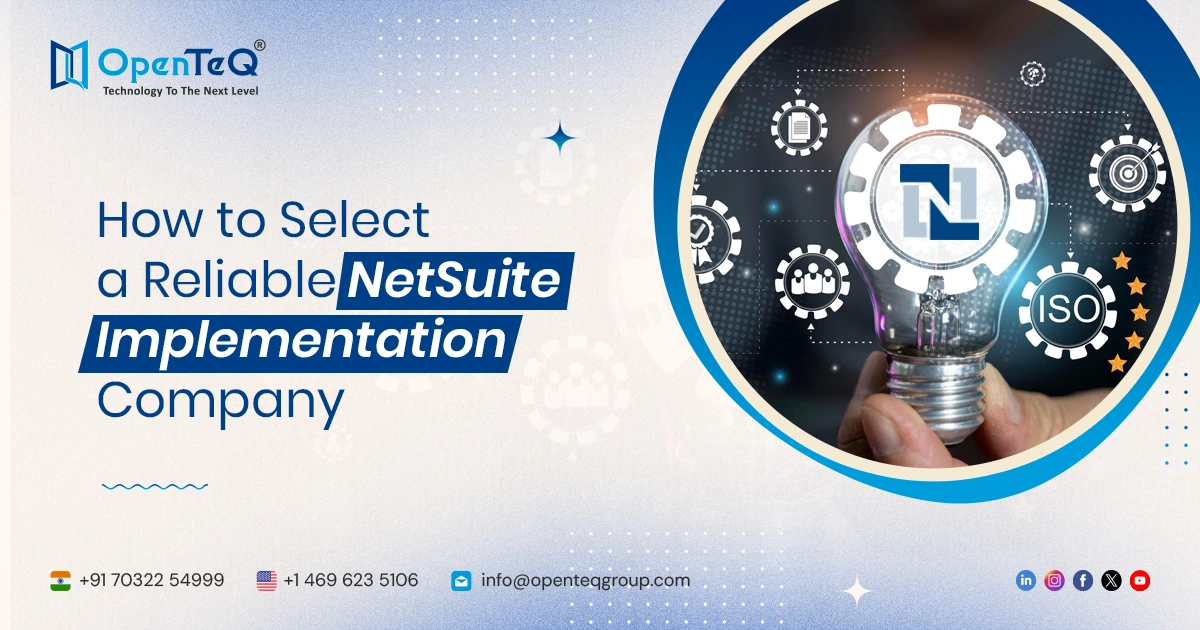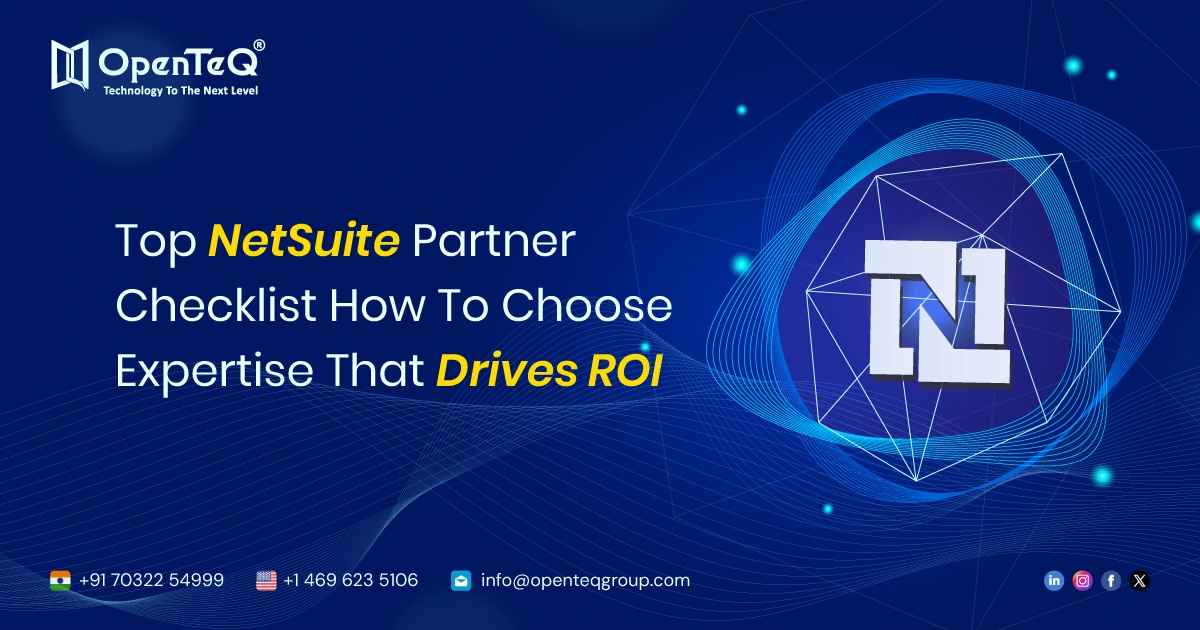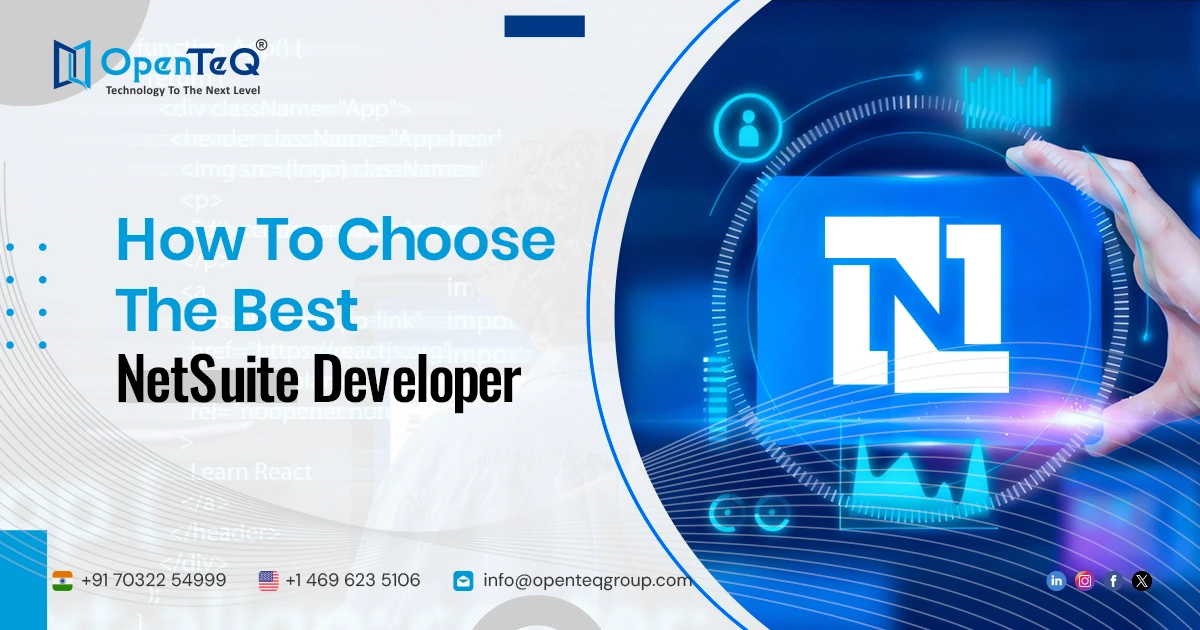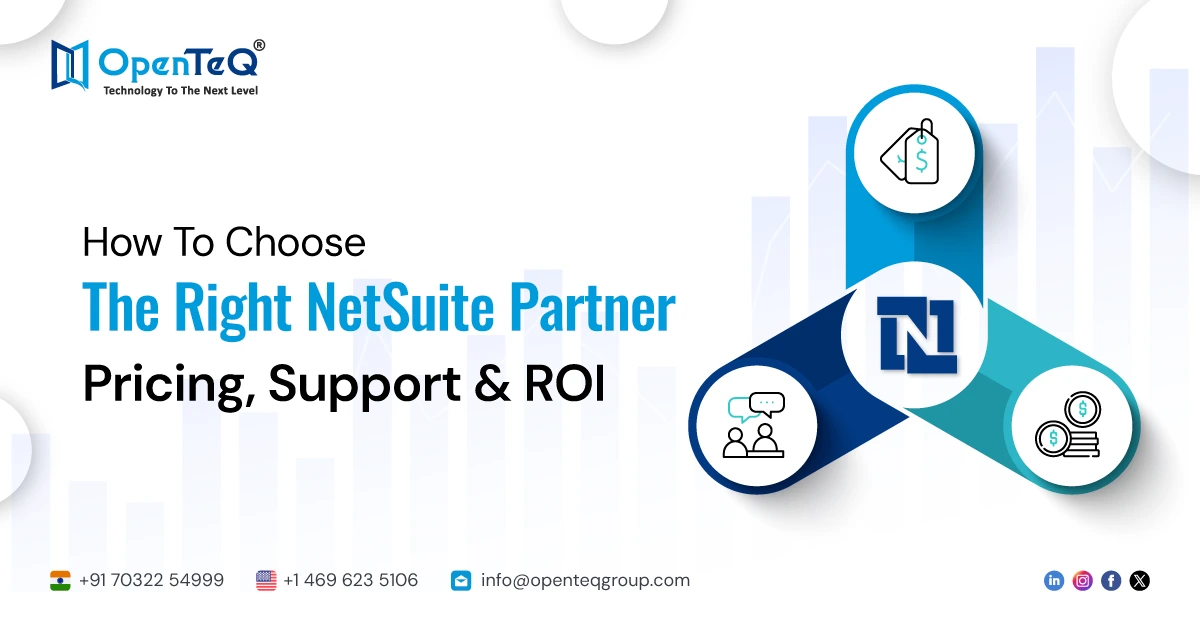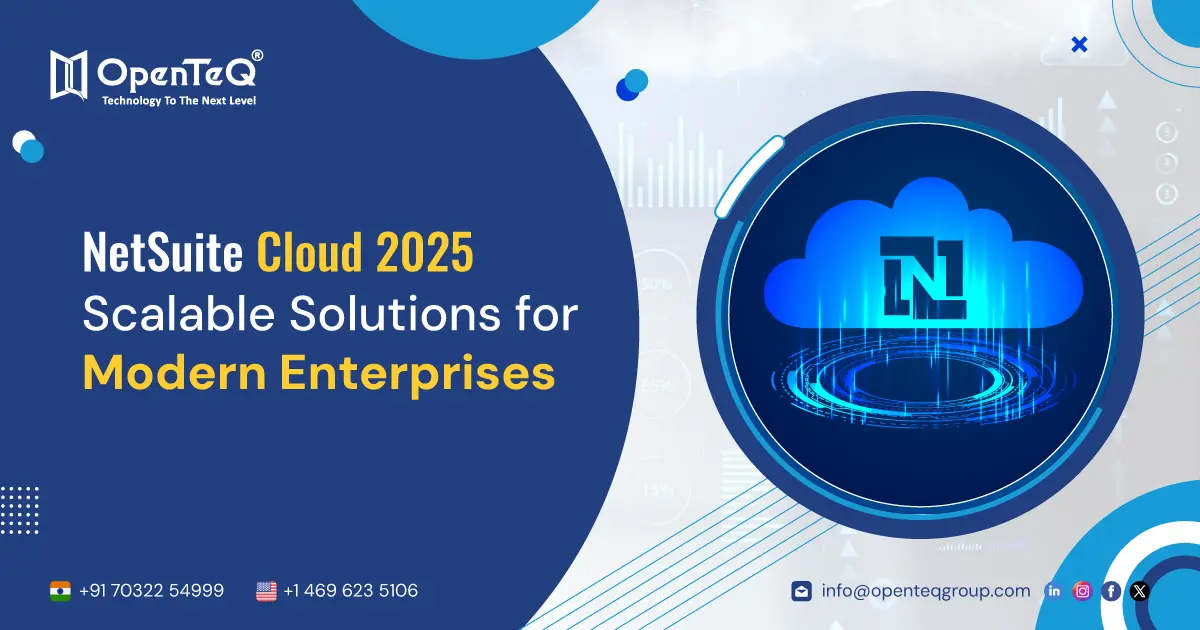Enhancing User Experience: Best Practices for CRM End-Users
CRM end-user support encompasses the aid, direction, and CRM-associated enablement materials given to all end-users, including sellers, BDRs, marketers, CSMs, and others. CRM systems are made to facilitate the management of customer contacts, optimize workflows, store customer-related data, and improve overall customer connections for teams in sales, marketing, and customer-facing roles.
To be more productive in their roles and achieve their goals, both as individual sellers' goals and as larger business outcomes, CRM end-users need effective end-user support. This support enables end-users to use CRM effectively, including by navigating the system, adopting custom CRM processes, and utilizing its capabilities to meet business objectives.
As sales organizations create specialized processes and workflows to suit their needs, and modern CRM instances are highly customized, it is crucial to support your CRM end-users so that sellers can fully integrate and use it in their daily work, leading to increased productivity and the desired business outcomes from the initial CRM transformation investment.
SOPs, playbooks, documentation, and peer support can be the most basic forms of CRM end-user support. Larger companies have more structured sales support playbooks, internal knowledge bases, and service desks provided by their IT support teams. Organizations are now providing in-app assistance and contextual help to CRM end users when they need it. As a trusted NetSuite Partner, OpenTeQ is committed to helping organizations optimize their CRM platforms. Here, we outline some best practices for enhancing user experience for CRM end-users, drawing on our expertise in NetSuite Professional Services and Advanced NetSuite Support.
NetSuite Welcomes OpenTeQ Technologies as a Strategic Partner
How to Give Your CRM End Contextual Support?
Contextual support aims to assist your CRM end users through your company's contextual CRM workflows, offering on-the-spot support without interfering with their work or necessitating the involvement of extra team members. With UX help overlays that complement your company's branding, in-app support gives sellers and other CRM end-users access to contextual queues, interactive walkthroughs, nudges, wikis, and other interactive job aids that overlay your CRM and look native to its UX. This allows your CRM end-users to learn on the go, anywhere, at any time.
This is a five-phase end-user support plan that will help your CRM end users with improved workflows and help when they need it.
1. Provide role-based in-app coaching to CRM end users
There are a few distinct personas who use your CRM as part of their workflow, depending on the size and scope of your firm. These personas include:
Sales development representatives (SDRs): Throughout the sales cycle, SDRs work with the rest of the sales team, track outreach initiatives, and manage and prioritize prospects using CRMs.
Customer success managers:
Put your attention on developing and sustaining long-term relationships with customers. They use CRM to track customer health, identify upsell opportunities, and ensure overall customer satisfaction.
Customer support representatives:
Customer agents use CRMs to access customer information, manage service tickets, and provide support. They rely on CRM to track customer interactions and ensure timely issue resolution.
Customer success Managers : They should concentrate on establishing and preserving enduring connections with clients. CRM is used by them to monitor customer health, spot upsell possibilities, and guarantee general customer pleasure.
Product managers: They should learn about the preferences and comments of their customers.
Finance & Billing Teams: Teams in charge of finance and billing oversee client accounts, SaaS billing, payments, and invoices.
A customer relationship management platform would be used differently for each of these roles. For example, a sales manager would monitor their dashboards and reports to make sure their employees are on track to meet quota, whereas an SDR would concentrate on lead management, opportunity tracking, and contact management workflows.
Furthermore, every function could represent a different area, market a different set of goods, have a distinct set of objectives, etc. Because of this, a one-size-fits-all CRM onboarding process wouldn't enable your CRM end users to take full advantage of all of its features and specially designed workflows.
2. Offer end-user help in real-time when sellers require it
Simple SOPs or asking coworkers for help are no longer sufficient forms of end-user assistance. For sellers to be guided through the job flow, they need real-time, in-app support.
OpenTeQ offers multiple methods for integrating support into your CRM, enabling your end users to get the help they require instantly without diverting their attention. These methods include:
Contextual Nudges: Provide consumers with on-demand access to context-aware assistance tools through the CRM interface. When a sales representative comes across a new feature, for example, they ought to be able to click on a UX hotspot or UI tooltip to instantly obtain information without interfering with their workflow.
Interactive Walkthroughs: Users can start interactive walkthroughs at any time when they need help. These tutorials can help users navigate intricate procedures, walk them through features one by one, and motivate them to engage with the CRM's user experience (UX) so they can see it for themselves.
On-demand Self Help: You may incorporate a self-help widget directly into the user interface of your CRM with the aid of a platform like OpenTeQ , allowing users to look for solutions for common problems by searching through internal wikis, help files, manuals, and video explainers without ever leaving the CRM.
3. Examine end-user activity data to pinpoint trouble spots
End-user behavior analytics reveal several indicators that your users may have trouble locating features, navigating your CRM, or resolving problems.
Identify sources of user friction and record, track, and analyze how seller cohorts adopt your workflows with behavioral analytics. Provide more in-app help or assistance to these drop-off spots to address them and build effective workflows that promote CRM business outcomes.
You can employ end-user behavior tracking, for instance, to determine why and where friction is occurring if your CRM end-users are not noticing upsell indications. From there, you can encourage end users to notice those upsell indications in your CRM by using an in-app Smart Tip.
4. Gather end-user input for CRM
Your organization's sellers' opinions on your CRM, including the features they use, how they resolve problems, and the processes they've implemented to automate tedious chores, can all be better understood by listening to end-user feedback. Afterwards, you may combine your quantitative end-user behavioral data with that qualitative input to streamline your CRM processes even more,identify frequently asked questions with interactive FAQs, reduce friction by using contextual tooltips and UI element-highlighting beacons. Boost data accuracy by using field validation to confirm any free text fields in your CRM.
5. Communicate CRM updates to embrace new procedures and overcome change
Your CRM's workflows will alter almost continuously once it is launched. You'll need to assist your end users through change without compromising their productivity, from new end user onboarding to modifying CRM workflows.
Conclusion
Enhancing user experience for CRM end-users is vital for maximizing the benefits of your CRM investment. By understanding user needs, simplifying the interface, providing comprehensive training, leveraging automation, optimizing mobile experience, integrating with other systems, and continuously monitoring and improving, businesses can create a more intuitive and productive CRM environment. As a leading NetSuite Professional Services provider, OpenTeQ offers Advanced NetSuite Support to help organizations achieve these goals and drive CRM success.
Partner with OpenTeQ today to enhance your NetSuite CRM user experience and unlock the full potential of your CRM investment.


